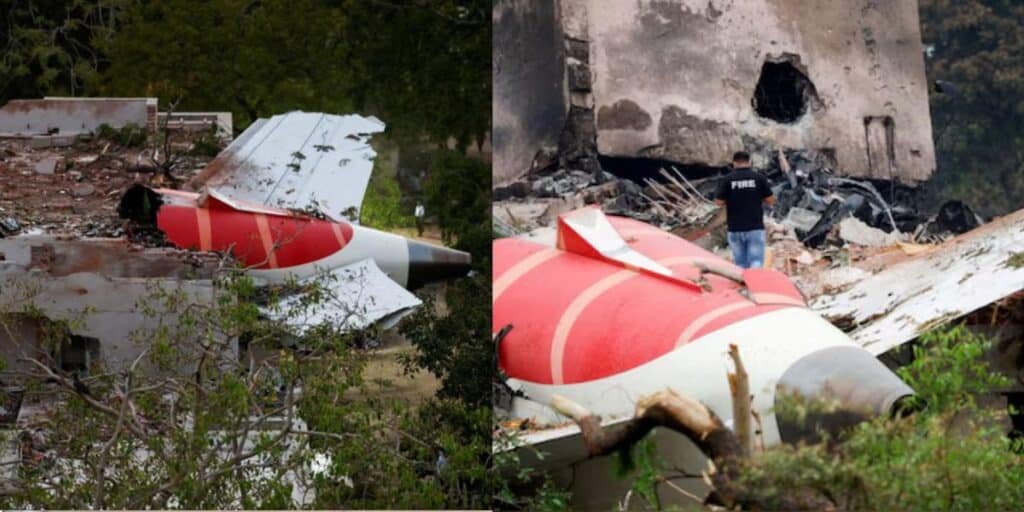WEBDESK: The Aircraft Accident Investigation Bureau (AAIB) has submitted its initial findings on the AI crash in Ahmedabad, which claimed 241 lives, to the Indian Ministry of Civil Aviation on July 8. Based on this, the first preliminary report is expected to be made public later this week, reports media.
According to officials, the AAIB has also briefed a parliamentary committee, stating that parts of the aircraft wreckage are being recovered and sent to the original equipment manufacturers (OEM) for detailed inspection to check for any possible faults.
According to media reports, this interim report will not include any final conclusions regarding the AI crash. It will only present early observations, as the investigation remains ongoing and no final report has yet been prepared.
The accident involved a Boeing 787 Dreamliner aircraft, which was to serve London and crashed shortly after takeoff in Ahmedabad, India. It had already hit 650 feet before it begun to drop to the ground very quickly.
Of the 242 people on board, only one survived. Others on the ground were also killed, bringing the total death toll to 241 passengers and crew, along with several fatalities on the ground.
Investigators regarding the AI crash are now focusing their attention on the fuel control switches that regulate the engines, according to media reports. Analysis of the cockpit voice recorder and flight data recorder, combined with a flight simulation by Boeing, has led the probe in this direction.
However, one of the sources stressed that no evidence so far points to mechanical failure, and no new safety warnings have been issued to operators of the 787 aircraft.
The Air Current, a respected aviation publication, was the first to report that the investigation is centred on how the fuel switches were handled.
While it remains unclear what exact actions the pilots took, or what might have gone wrong with the switches, the findings from the black boxes have not ruled out the possibility of an error, whether accidental, unintentional or deliberate, before or after the apparent engine power loss.
A US aviation safety expert, John Cox, commented on the matter, stating that the fuel switches are designed in such a way that they cannot be moved accidentally. “You can’t bump them and they move,” he said, adding that if a switch were turned off, the engine would lose power almost immediately.
Boeing has so far declined to give any comment on the ongoing investigation. The Indian Aircraft Accident Investigation Bureau, which is leading the inquiry in line with international aviation protocols, did not respond to a request for comment outside normal office hours.
Read more: IAF’s single-seat Jaguar crashes, two deaths reported: Observers flag discrepancy






